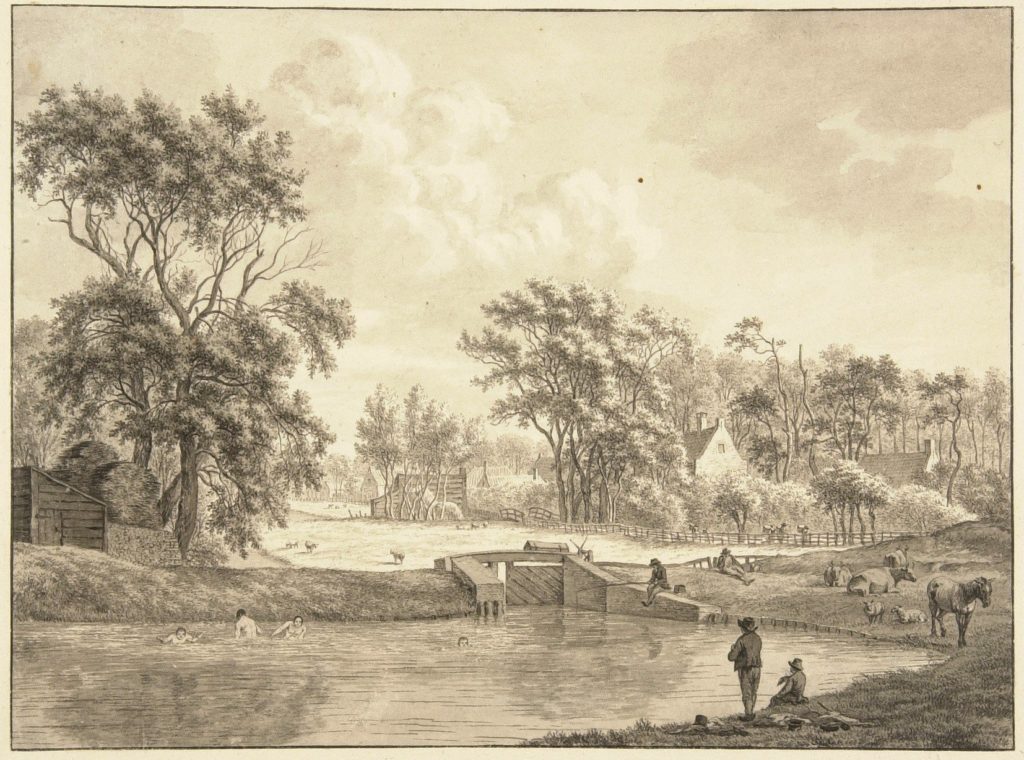
Brouwerskolk. Today part of a nature reserve, provided water for the beer brewers of the city of Haarlem.
Thirsty Cities, learning from Dutch water heritage
My chapter focuses on how urban water supply developed in the Western urbanised area of the Netherlands. Notably textile industries and beer industries had a profound impact on the way citizens and private parties were forced to (re-)organise their water supply. Until the introduction of centralized piped watersystems in the 19th and early 20th century city authorities provided for drinking water supply such as public wells on a limited scale. People were expected to take care of themselves. Interestingly, the Amsterdam beer brewing Industry pushed for innovation and regulation as their water supply to brew their beer suffered from constant threat of pollution by textile bleachers, tanneries and slaughterhouses. Today many water abstraction areas from the early industrial revolution have become nature reserves.
You can read my chapter on Dutch freshwater management below.
Below you find the complete book Adaptive Strategies for Water Heritage
Adaptive Strategies for Water Heritage Publication
This Open Access book, building on research initiated by scholars from the Leiden-Delft-Erasmus Centre for Global Heritage and Development (CHGD) and ICOMOS Netherlands, presents multidisciplinary research that connects water to heritage. Through twenty-one chapters it explores landscapes, cities, engineering structures and buildings from around the world. It describes how people have actively shaped the course, form and function of water for human settlement and the development of civilizations, establishing socio-economic structures, policies and cultures; a rich world of narratives, laws and practices; and an extensive network of infrastructure, buildings and urban form. Prof Carola Hein is the publications editor.
The book is organized in five thematic sections that link practices of the past to the design of the present and visions of the future: part I discusses drinking water management; part II addresses water use in agriculture; part III explores water management for land reclamation and defense; part IV examines river and coastal planning; and part V focuses on port cities and waterfront regeneration.
Today, the many complex systems of the past are necessarily the basis for new systems that both preserve the past and manage water today: policy makers and designers can work together to recognize and build on the traditional knowledge and skills that old structure embody. This book argues that there is a need for a common agenda and an integrated policy that addresses the preservation, transformation and adaptive reuse of historic water-related structures. Throughout, it imagines how such efforts will help us develop sustainable futures for cities, landscapes and bodies of water.